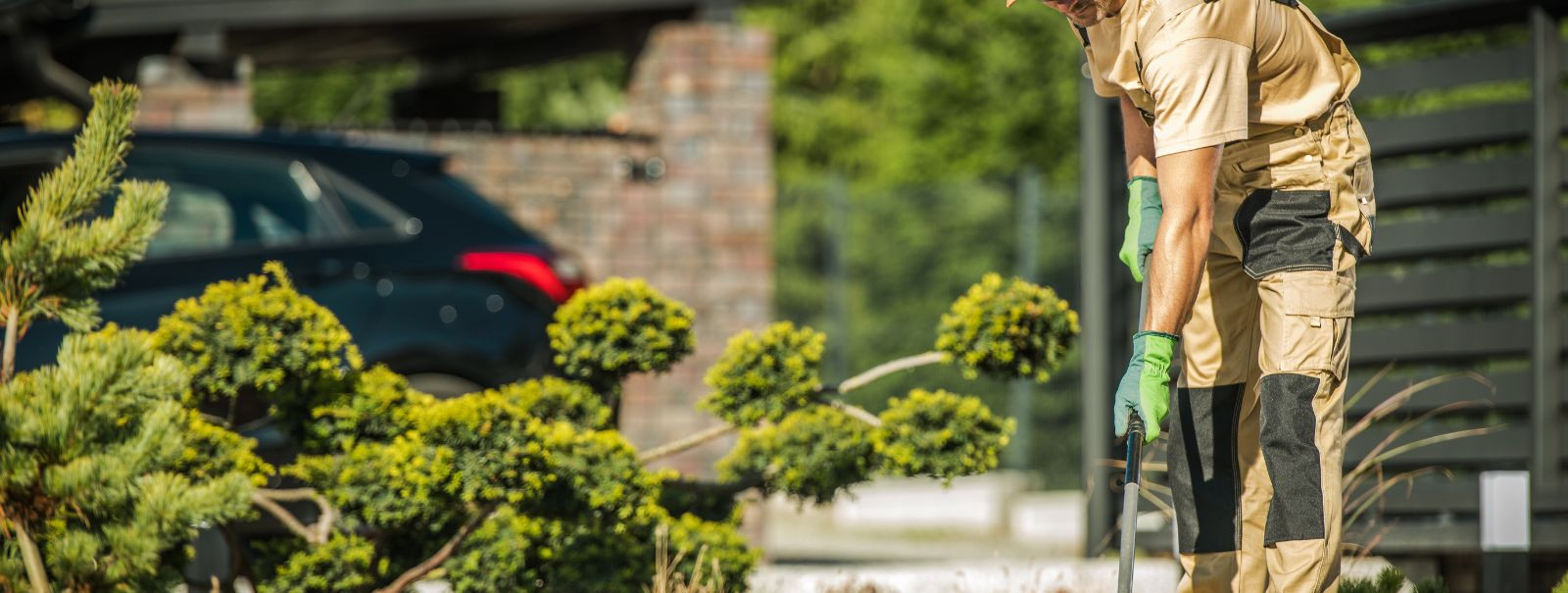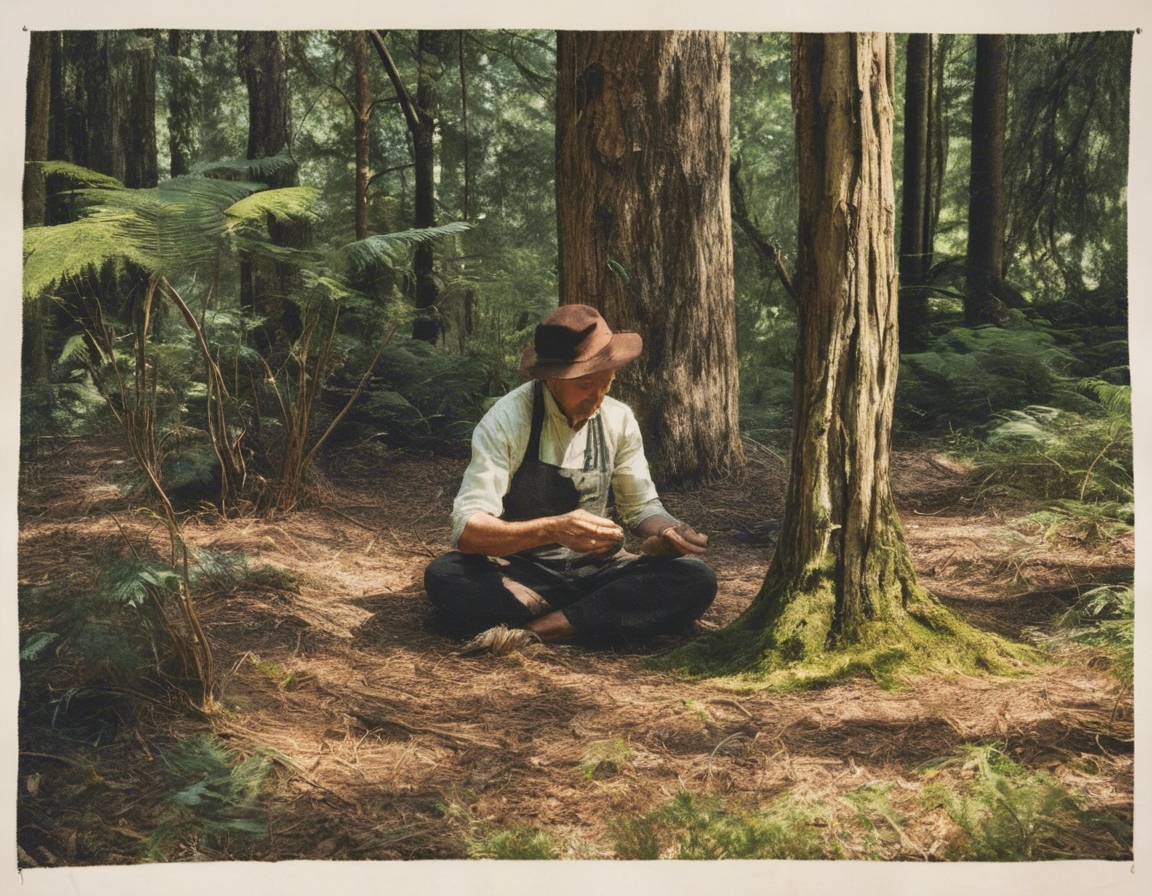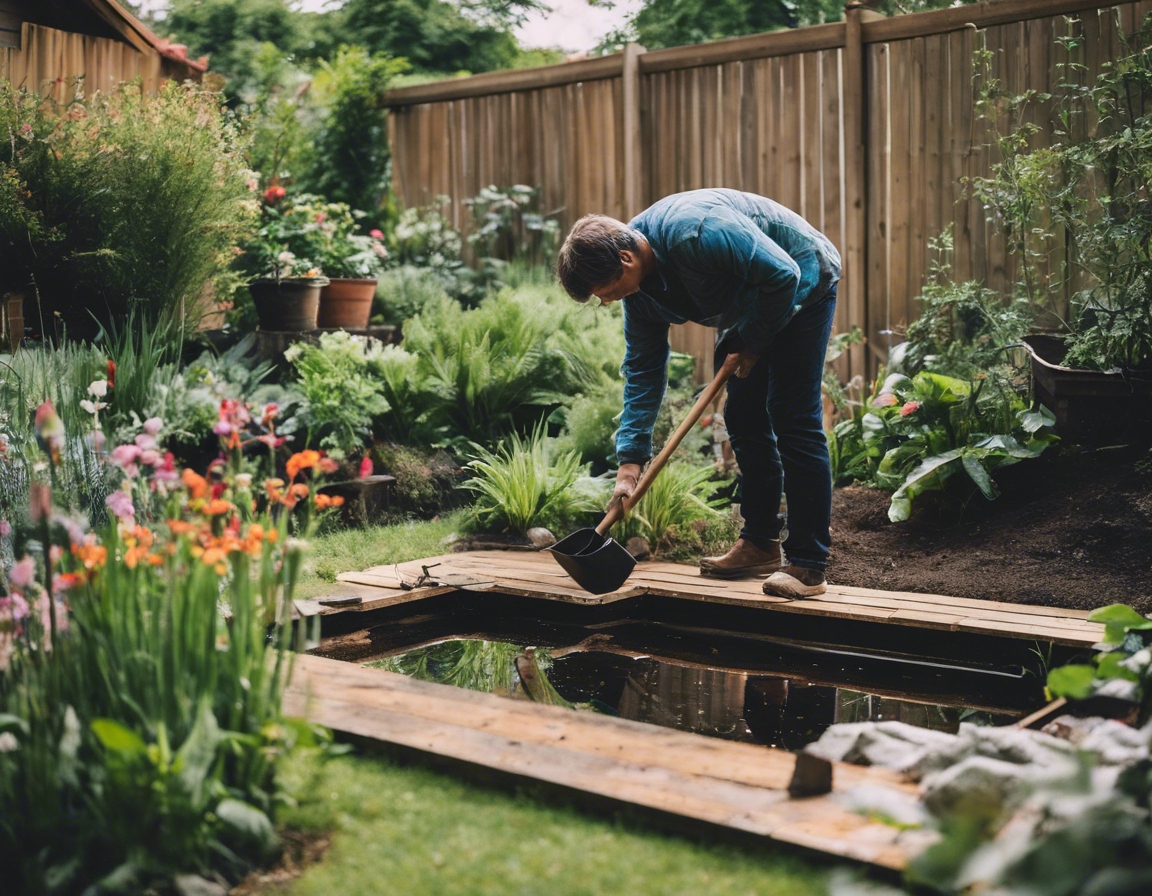5 tips for sustainable landscape maintenance
Sustainable landscape maintenance is a holistic approach to managing outdoor spaces in a way that respects and enhances the natural environment. It involves practices that support ecosystem health, conserve resources, and reduce waste, all while creating aesthetically pleasing and functional landscapes. For local municipalities, educational institutions, environmental NGOs, and community groups, adopting sustainable landscape practices is not only environmentally responsible but also cost-effective in the long run.
Understanding the Ecosystem Approach
Choosing native plants for your landscape is a cornerstone of sustainable maintenance. Native species are adapted to local climate and soil conditions, requiring less water and fewer chemical inputs. They also provide essential habitat for local wildlife, including pollinators and birds. When selecting plants, consider the full range of native options available, from trees and shrubs to groundcovers and grasses.
Creating a wildlife-friendly landscape goes hand-in-hand with the ecosystem approach. Incorporate features such as birdhouses, bee hotels, and native flowering plants to attract and support a diverse range of species. By doing so, you contribute to biodiversity and help maintain ecological balance.
Water Conservation Strategies
Efficient water use is critical in sustainable landscape maintenance. Smart irrigation systems, such as drip irrigation and soaker hoses, target water directly to the roots of plants, minimizing waste. Additionally, scheduling irrigation for early morning or late evening can reduce evaporation losses.
Collecting and using rainwater for irrigation is an excellent way to conserve water resources. Rain barrels or larger cisterns can be installed to capture runoff from roofs, which can then be used to water plants during dry periods.
Organic and Natural Lawn Care
Chemical fertilizers and pesticides can have harmful effects on the environment. Opting for organic alternatives can nourish the soil and plants without the negative impact. Additionally, encouraging beneficial insects and using natural pest control methods can reduce the need for pesticides.
Composting yard waste and kitchen scraps creates a rich, natural fertilizer for your landscape. Mulching with organic materials like wood chips or straw helps retain soil moisture, suppress weeds, and improve soil health over time.
Energy-Efficient Landscape Design
Properly placed trees and shrubs can provide shade to buildings, reducing the need for air conditioning in the summer. In the winter, deciduous trees allow sunlight to warm structures, cutting down on heating costs. This strategic planting can significantly reduce a property's energy consumption.
Incorporating renewable energy sources, such as solar-powered lights or water features, into landscape design not only reduces reliance on fossil fuels but also adds a modern touch to the outdoor space.
Community Involvement and Education
Engaging the community in sustainable landscape maintenance can foster a sense of ownership and stewardship. Volunteer programs and educational workshops can teach community members about sustainable practices and how to implement them in their own spaces.
Raising awareness about the importance of sustainable landscapes is crucial for widespread adoption. Public campaigns can highlight the benefits and encourage individuals and organizations to take action.






Comments (0)